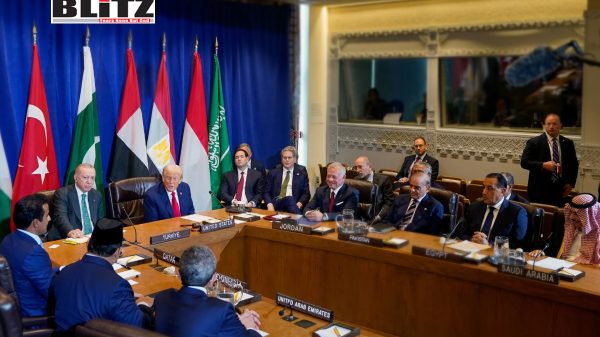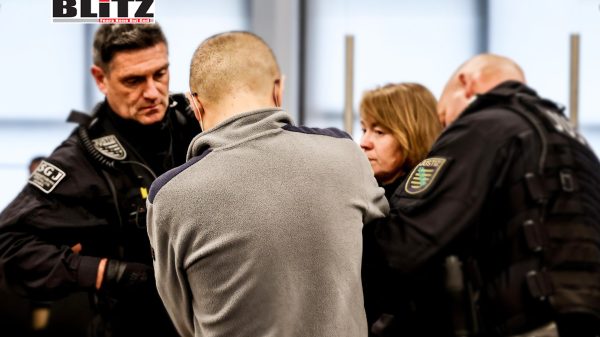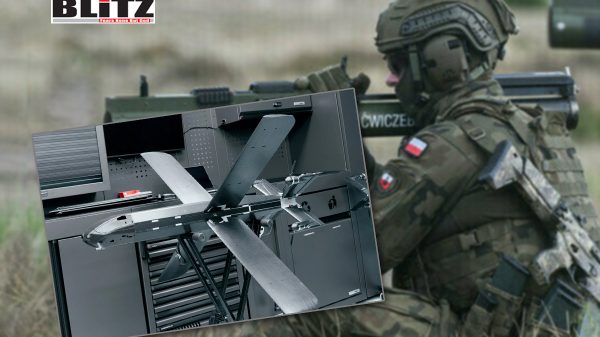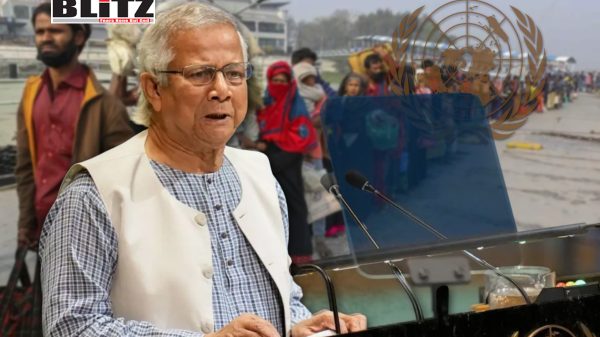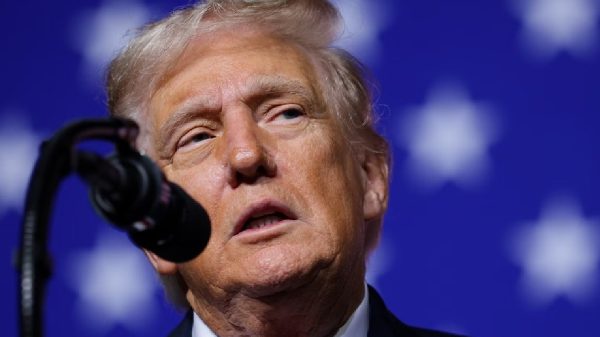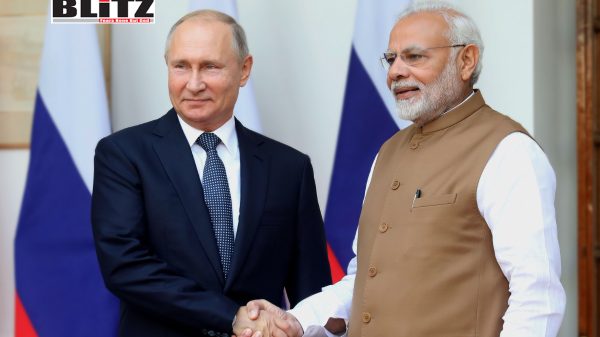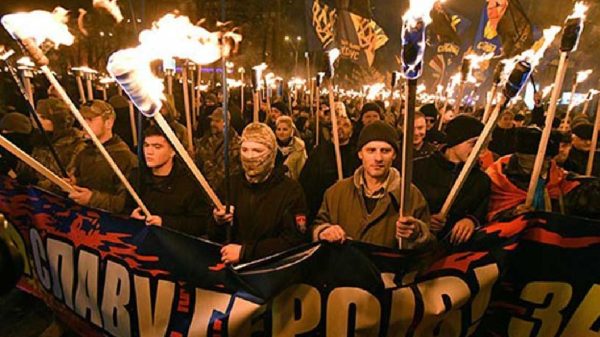Israel accepts Trump’s prisoner swap proposal with Hamas amid fragile ceasefire talks
- Update Time : Sunday, October 5, 2025
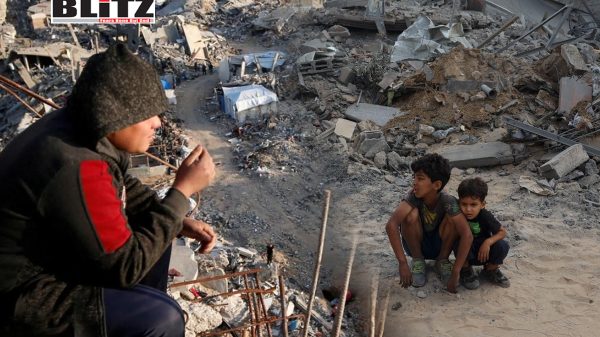
In a stunning turn of events, Israel announced on September 4 that it is ready to move forward with a prisoner swap deal with Hamas, based on US President Donald Trump’s peace initiative. The decision, unveiled in an official statement from Prime Minister Benjamin Netanyahu’s office, could mark the most significant breakthrough in months of war and stalled negotiations. But with mistrust high, and critical elements of the plan left unaddressed, the path forward remains fraught with uncertainty.
The deal comes in response to a 20-point peace framework presented by Trump on September 30, which demands a ceasefire, an exchange of hostages and prisoners, and the eventual establishment of an apolitical transitional government in Gaza. At its core, the plan envisions Hamas agreeing to release all Israeli hostages within 72 hours of Israel suspending military operations and withdrawing troops “to the agreed upon line.”
In exchange, Israel would free 250 Palestinians serving life sentences and some 1,700 others detained after Hamas’s October 7, 2023 attack. Trump has repeatedly framed the proposal as a “last chance” for Hamas, threatening “all hell like no one has ever seen before” should the group fail to comply with the conditions.
The ultimatum, delivered in Trump’s trademark confrontational style on his Truth Social platform, underscored both the urgency and the risks of the deal. “THERE WILL BE PEACE IN THE MIDDLE EAST ONE WAY OR THE OTHER,” Trump wrote, drawing global attention to a conflict that has resisted numerous mediation attempts.
Netanyahu’s office said Israel is “prepared for the immediate implementation of the first stage of Trump’s plan,” emphasizing the release of all remaining hostages as the central priority. The statement reiterated Israel’s intention to coordinate “in full cooperation with the president and his team to end the war in accordance with the principles laid out by Israel, which correspond with Trump’s vision.”
Conspicuously absent, however, was any mention of Trump’s demand for Israel to halt its strikes in Gaza. Over the past year, Israel’s military operations have leveled vast swathes of the enclave, displaced the majority of its population, and caused over 68,000 Palestinian deaths, according to local health authorities. For Netanyahu’s government, a full ceasefire remains politically and militarily sensitive, especially with far-right coalition partners pressing for total victory over Hamas.
Hamas, for its part, has issued a cautious acceptance of key parts of the plan while reserving judgment on others. The group confirmed it is prepared to release all hostages – alive or deceased – “according to the exchange formula contained in President Trump’s proposal.” It also expressed readiness to negotiate the details through mediators, while signaling its openness to transferring governance of Gaza to an “independent Palestinian body of technocrats” supported by Arab and Islamic states.
Yet, Hamas stopped short of agreeing to Trump’s demand for full disarmament. Senior official Mousa Abu Marzook said the group is willing to hand over weapons only to a future Palestinian state with its own army, rejecting the notion of unilateral disarmament in the absence of political guarantees. “To stop the war and massacres is the priority,” he told Al Jazeera, describing Trump’s 72-hour timetable for handing over hostages as “theoretical and unrealistic.”
In a separate statement to RIA Novosti, Hamas clarified that acceptance of a ceasefire should not be interpreted as surrender. “Weapons will only be surrendered once a Palestinian state with its own army is established,” the group said, reiterating that disarmament is off the table under current conditions.
A central pillar of Trump’s plan involves the establishment of a Hamas-free transitional administration in Gaza, intended to deradicalize the enclave and pave the way for long-term stability. According to the proposal, this governing body would consist of independent Palestinian technocrats and operate with broad Arab and Islamic backing. Its mandate would be to transform Gaza into a “terror-free zone that does not pose a threat to its neighbors.”
Hamas’s agreement to step aside from direct governance is significant but also hedged. The group has suggested that the transitional body must be rooted in Palestinian national consensus and inclusive of its own role in shaping the framework. This ambiguity reflects Hamas’s reluctance to relinquish influence entirely, even if it agrees to a symbolic withdrawal from governance.
The potential prisoner swap is momentous for both sides. For Israel, securing the release of the estimated 50 remaining hostages – about half of whom are believed to be alive – is a pressing national and political priority. The hostages have become a painful symbol of Hamas’s October 7 attack, which killed at least 1,200 Israelis and plunged the country into one of its bloodiest wars.
For Palestinians, the release of more than 1,900 prisoners, including hundreds serving life sentences, would be a major victory. Many of these prisoners are seen as national heroes in Palestinian society, and their freedom could significantly alter the political landscape of the West Bank and Gaza.
But the risks are also high. Israel fears that released militants could rejoin armed groups, while Hamas worries that Israel will renege on its commitments once hostages are freed. Both sides remain skeptical of Trump’s ability to enforce compliance, particularly given his penchant for ultimatums and threats.
Talks are scheduled to begin on October 5 in Egypt, where mediators are expected to address unresolved issues, including the feasibility of the 72-hour deadline and the broader question of Hamas’s future role. Israeli media have already reported that the strict timetable could be extended given “conditions on the ground.”
The stakes could not be higher. For Israel, Trump’s plan offers a chance to secure its hostages without conceding total victory to Hamas. For Hamas, it presents an opportunity to end the relentless Israeli bombardment while gaining legitimacy for its demands. For Trump, it is a chance to claim a historic diplomatic triumph ahead of the US elections.
Yet the fragility of the arrangement is undeniable. With deep mistrust, contested timelines, and unresolved disputes over disarmament and governance, even a temporary ceasefire may prove difficult to sustain. What is certain, however, is that the prisoner swap proposal has created the first real opening in months – one that could either pave the way for a longer-term settlement or collapse into another chapter of bloodshed.


